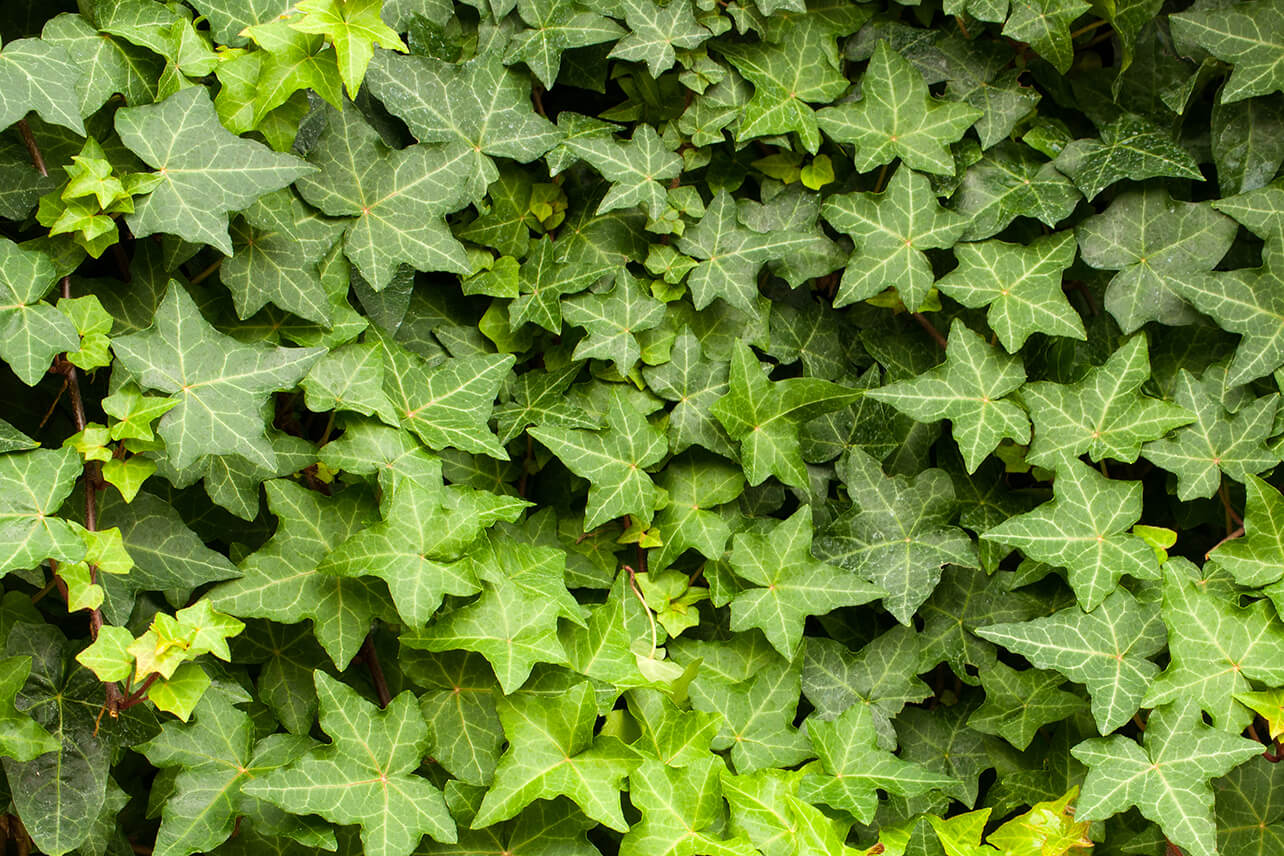How to Get Rid of Invasive Ground Cover in Victoria, BC: A Comprehensive Guide
A thorough, Victoria-focused guide
Need help with your yard? Get your free quote today!
Get a Free Quote! In Victoria, BC, our temperate climate and mild winters create ideal conditions for lush gardens—but these same traits also make it easy for invasive ground covers to flourish. Whether it’s English Ivy (Hedera helix), Yellow Archangel (Lamiastrum galeobdolon), Periwinkle (Vinca spp.), or Creeping Charlie (Glechoma hederacea), these fast-spreading plants can quickly overrun gardens and disrupt local ecosystems. Below is a thorough, Victoria-focused guide on identifying, removing, disposing of, and preventing invasive ground covers.
In Victoria, BC, our temperate climate and mild winters create ideal conditions for lush gardens—but these same traits also make it easy for invasive ground covers to flourish. Whether it’s English Ivy (Hedera helix), Yellow Archangel (Lamiastrum galeobdolon), Periwinkle (Vinca spp.), or Creeping Charlie (Glechoma hederacea), these fast-spreading plants can quickly overrun gardens and disrupt local ecosystems. Below is a thorough, Victoria-focused guide on identifying, removing, disposing of, and preventing invasive ground covers.
1. Why Invasive Ground Covers Are a Concern in Victoria
1.1 Local Ecological Impact
- Displacement of Native Species Victoria boasts unique ecosystems, such as Garry Oak meadows and coastal forests. Invasive ground covers outcompete native plants—key food sources and habitats for birds, pollinators, and other wildlife.
- Rapid Spread Many common invasive ground covers propagate via stolons, runners, or vigorous root systems, thriving in the region’s moderate temperatures and consistent rainfall.
- Difficult to Eradicate Even small fragments of stems or roots left behind can regrow, necessitating careful and repeated removal efforts.
1.2 Examples of Common Invasives
- English Ivy Climbs trees, walls, and fences, creating dense mats that smother other vegetation.
- Yellow Archangel Variegated silver-green leaves and yellow flowers spread rapidly through stolons, particularly in shaded areas.
- Periwinkle (Vinca) Attractive purple or blue flowers can mask its aggressive growth patterns.
- Creeping Charlie Recognizable by its scalloped leaves; spreads quickly, especially in damp lawns and gardens.
2. Identifying Invasive Ground Covers
Early detection is key. Look for:
- Growth Habit: Stems that root at multiple nodes, forming extensive mats over the soil.
- Leaf Shape & Color: Many species have distinctive leaf patterns or variegation, such as Yellow Archangel’s silvery streaks or Creeping Charlie’s round, scalloped edges.
- Flower Characteristics: Periwinkle’s pinwheel-shaped flowers or the bright yellow blooms of Yellow Archangel are easily spotted during spring or early summer.
3. Removal Methods
3.1 Manual Removal
Hand Pulling
- Best Suited For: Small patches or sensitive areas where you want to avoid chemicals.
- Technique: Pull gently from the base, ensuring you remove as much of the root or runner as possible. Loosen the soil first with a trowel or garden fork to make extraction easier.
- Tip: Work systematically in sections to track what you’ve cleared, and check thoroughly for missed fragments.
Digging & Raking
- Best Suited For: Larger areas or moderate infestations.
- Technique: Cut or rake off top growth to reveal the network of roots or stolons. Use a spade or garden fork to loosen soil and lift out clumps.
- Follow-Up: Return to the site periodically, as missed segments can sprout new growth.
3.2 Mechanical Control
Sheet Mulching
Method:
- Cut back the invasive ground cover to soil level.
- Lay down several overlapping layers of cardboard or newspaper to block sunlight.
- Cover with a thick layer of mulch (e.g., wood chips).
Pros: Avoids chemical use, helps rehabilitate soil structure as materials decompose.
Cons: Must remain in place for several months; check regularly for runners escaping at the edges.
Solarization or Tarping
Method:
- Cover the area with a clear or black plastic sheet.
- Seal edges with soil or rocks to trap heat and moisture.
Effectiveness: Works best in sunny areas during summer months. The heat under the plastic can kill many invasive plants and some weed seeds.
3.3 Chemical Control
While Victoria promotes responsible, low-impact yard care, sometimes herbicides may be needed for extensive or deeply rooted invasions:
- Spot Treatments
- Method: Use a brush, sponge, or wick applicator to apply herbicide directly to leaves or stems, avoiding contact with non-target plants.
- Local Regulations
- The Capital Regional District (CRD) and various municipalities may have specific bylaws regarding herbicide use. Always check the label and follow legal guidelines.
- Integrated Pest Management (IPM)
- Combine chemical methods with manual or mechanical strategies for a more sustainable, reduced-chemical approach.
4. Responsible Disposal
Proper disposal is crucial to prevent re-infestation:
- Bag & Tag
- Collect all stems, roots, and runners in sturdy plastic bags.
- Some municipalities require labeled “Invasive Species” bags.
- Hartland Landfill & Local Green Waste Facilities
- The CRD provides information on approved disposal sites.
- Many facilities prefer invasives be double-bagged to avoid spreading seeds or fragments.
- Avoid Home Compost
- Most home composting systems don’t reach high enough temperatures to kill invasive materials.
5. Site Restoration & Replanting
Clearing an invasive ground cover often leaves bare soil. To prevent erosion and a resurgence of weeds:
Replant with Native Species
- Native Groundcovers: Kinnikinnick (Arctostaphylos uva-ursi), Woodland Strawberry (Fragaria vesca).
- Pollinator-Friendly Plants: Nodding Onion (Allium cernuum), Camas (Camassia spp.), and local ferns.
Mulching
- A layer of mulch around new plantings helps retain moisture, suppress weed growth, and improve soil health.
Ongoing Maintenance
- Water new plants until established, and inspect the area regularly for any invasive regrowth. Remove it promptly to prevent new invasions.
6. Long-Term Monitoring & Community Support
6.1 Routine Inspections
Check your yard, property edges, and nearby green spaces every few weeks during the growing season. Quick removal of small sprouts helps prevent larger reinfestations.
6.2 Join Community Efforts
Local stewardship groups and environmental organizations often host invasive removal events in parks, along streams, and in protected areas. Volunteering can teach you hands-on techniques and foster a collective effort to protect Victoria’s natural beauty.
6.3 Learn & Share
Stay informed about emerging invasive species and control methods. Share knowledge with neighbors and friends—community collaboration is a powerful tool against invasive plant spread.
Conclusion
Invasive ground covers can compromise the ecological integrity of gardens and natural areas throughout Victoria, BC. Yet, with consistent, well-informed efforts, it’s possible to reclaim your landscape. By combining manual or mechanical methods, using herbicides only when absolutely necessary, and replanting with native species, you can foster a healthier, more resilient environment.
Key Takeaways
- Identify Early: Recognize the signs of invasive ground covers before they spread widely.
- Use Multiple Methods: Manual, mechanical, and—if needed—targeted chemical control.
- Dispose Responsibly: Prevent accidental spread by properly bagging and disposing of invasive materials.
- Restore & Monitor: Replant cleared areas and maintain vigilance for new sprouts.
Protecting Victoria’s rich biodiversity starts in your backyard—every removed runner or root helps ensure our local ecosystems can thrive for generations to come.
